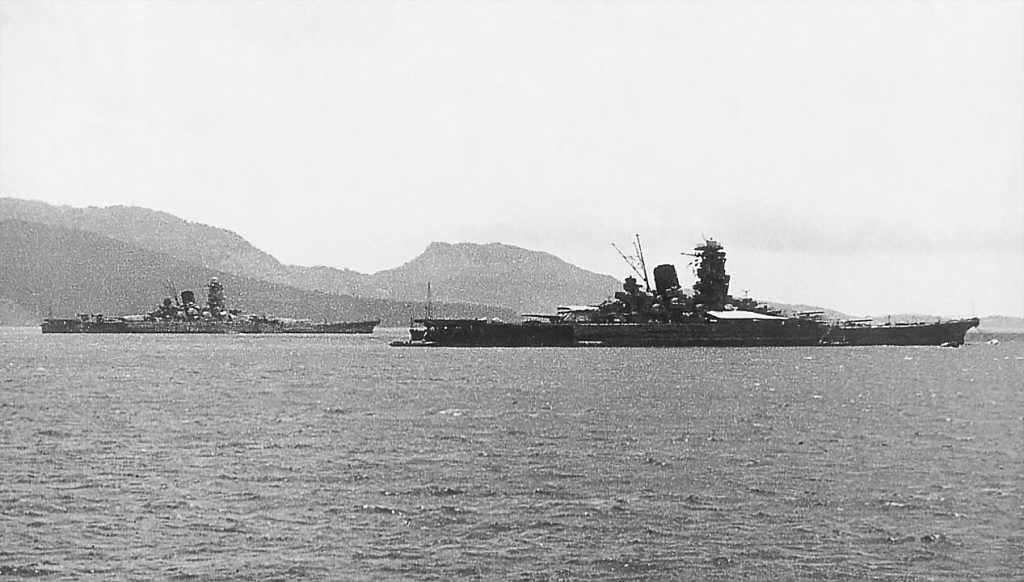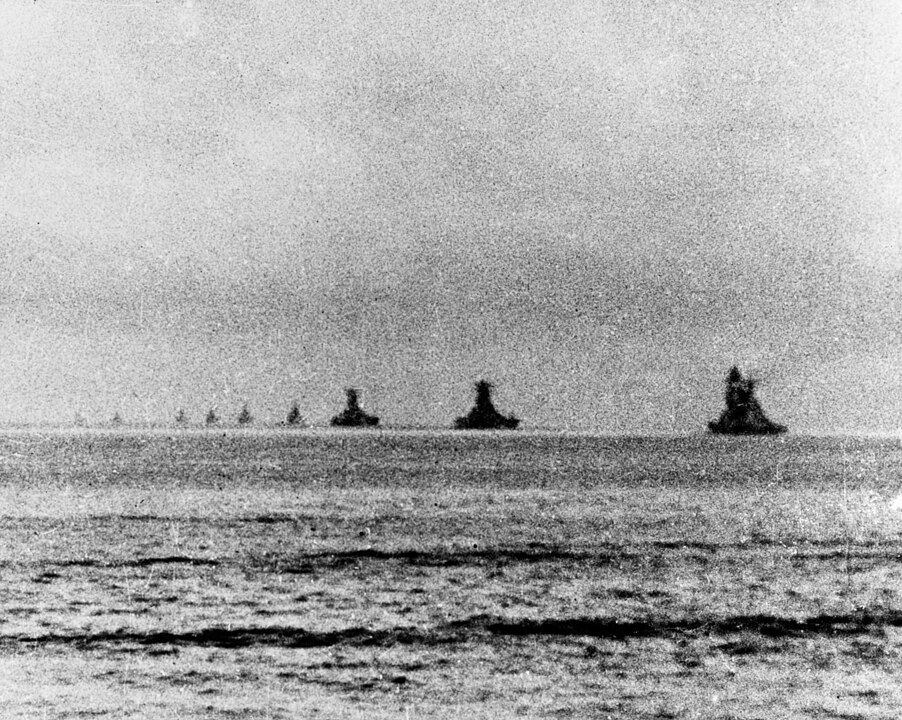
On March 2, 2015, a remarkable chapter of World War II naval history was unearthed from the depths of the Sibuyan Sea.

In a momentous discovery that intersects technological prowess with a poignant homage to naval history, the wreckage of the Imperial Japanese Navy’s behemoth battleship Musashi was located by the late Microsoft co-founder and philanthropist, Paul Allen.

With the demise of Musashi during the Battle of Leyte Gulf on October 24, 1944, a significant chapter in naval warfare was submerged beneath the waves, along with nearly half of its 2,399-man crew.

The Musashi, along with her sister ship Yamato, stood as the pinnacle of battleship design, each displacing a staggering 73,000 tons and armed with the largest-calibre guns ever mounted on a warship.

Allen’s quest to find the Musashi was driven by a personal connection to WWII, as his father served during the war. The endeavor, which incorporated years of meticulous historical research and seafloor terrain analysis, is remembered as a testament to his passion for exploration and the preservation of historical memory.

As quoted by marine scientist David Mearns, “Paul’s interest in marine exploration and shipwrecks was very personal… His important discoveries and illumination of naval history have ensured that the sacrifice of those who served is not forgotten.”

Navigating a labyrinth of historical records, the research team commenced their search by identifying four different sinking positions listed by primary sources.

This initiative was translated into a targeted search area spanning 360 square nautical miles in the Sibuyan Sea. Despite the challenges presented by the undulating seabed and the sheer enormity of the search grid, technological innovations enabled the team to carry out their mission with precise efficiency.

The researchers, aboard Allen’s research vessel, the M.Y. Octopus, used an autonomous underwater vehicle (AUV) dubbed by the team as the “underwater mountain goat” to traverse the treacherous underwater terrain. The AUV’s programming allowed it to meticulously scan the slopes of a large volcanic ridge, where the Musashi was hypothesized to have settled.

Will O’Halloran of Bluefin Robotics, responsible for designing the AUV, highlighted the innovative approach, stating, “It’s reasonable to expect that something [as heavy as the Musashi] is not going to just sit on a peak… A 73,000-ton sinking ship is probably going to slide, right?”

In just three dives, the AUV detected an anomaly that the vessel’s remotely operated vehicle, Octo ROV, confirmed to be the Musashi, resting at a depth of approximately 3,280 feet.

This marked a swift culmination to a quest that had been more than a decade in the making. The Octo ROV documented haunting images of the ship, including its massive 36-by-20-foot main rudder, which Allen later shared with the world.

The discovery of the Musashi did more than shed light on the technical marvels of WWII battleships; it provided a poignant reminder of the human cost of war.

A former crew member, upon recognizing the vessel in the images, remarked that it was as if the 1,023 men who went down with the battleship were asking to be remembered. Allen hoped that the discovery would not only contribute to our understanding of the Battle of Leyte Gulf but also offer closure to the families of the brave souls who perished.

In reflection, the Musashi’s unearthing underscores the enduring interest in World War II and the ongoing dedication to uncovering its submerged secrets. As Allen’s legacy in historical preservation endures, so too does the memory of the Musashi and the countless individuals who served with valor upon its decks.
Relevant articles:
– How Paul Allen discovered the world’s largest sunken battleship, the Musashi National Geographic, Oct 16, 2018
– How Paul Allen discovered the world’s largest sunken battleship the Musashi National Geographic
– US billionaire Paul Allen discovers wreck of Japan’s biggest warship Musashi The Guardian
– More on Paul Allen’s Discovery of the Musashi Warfare History Network

